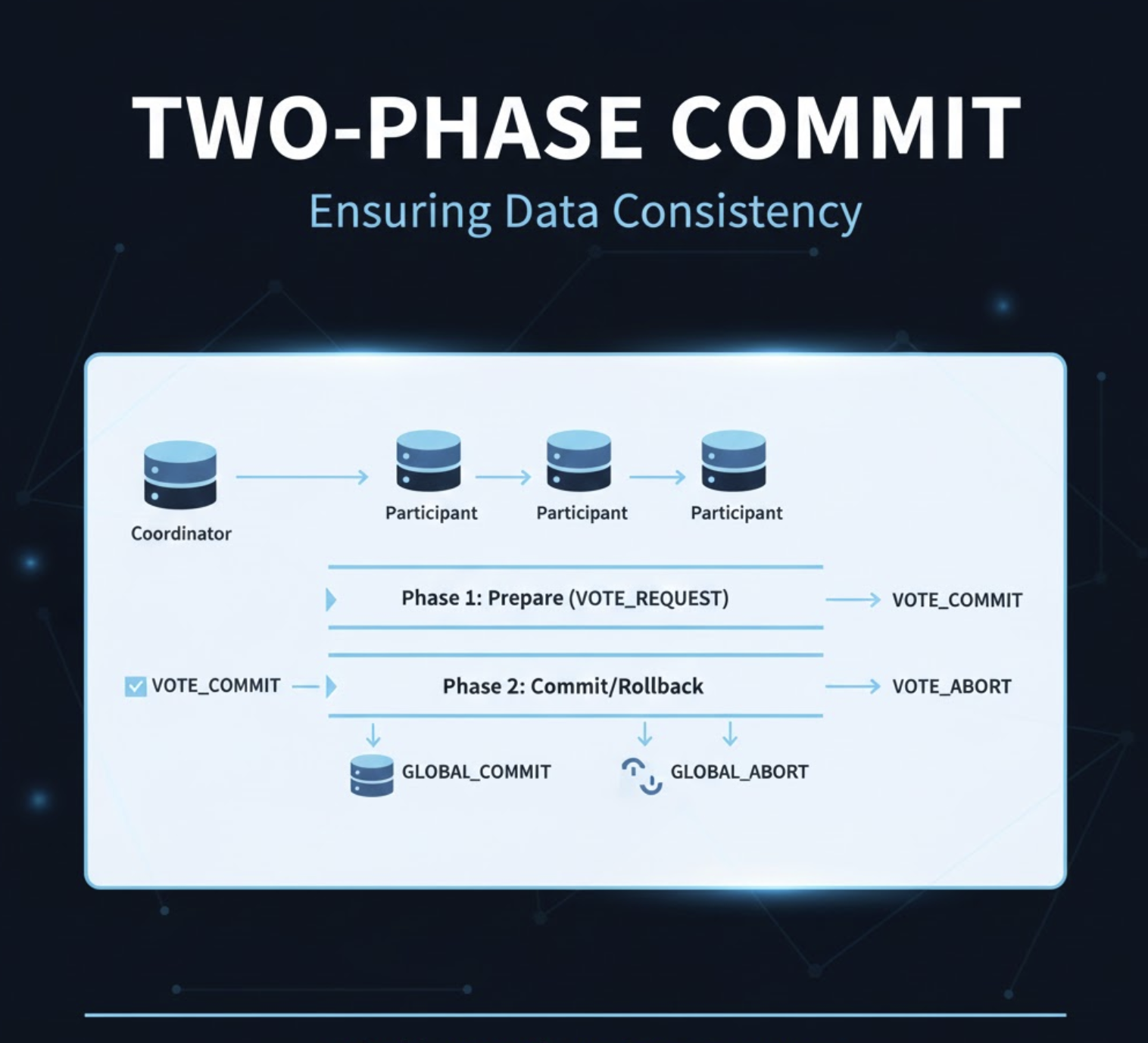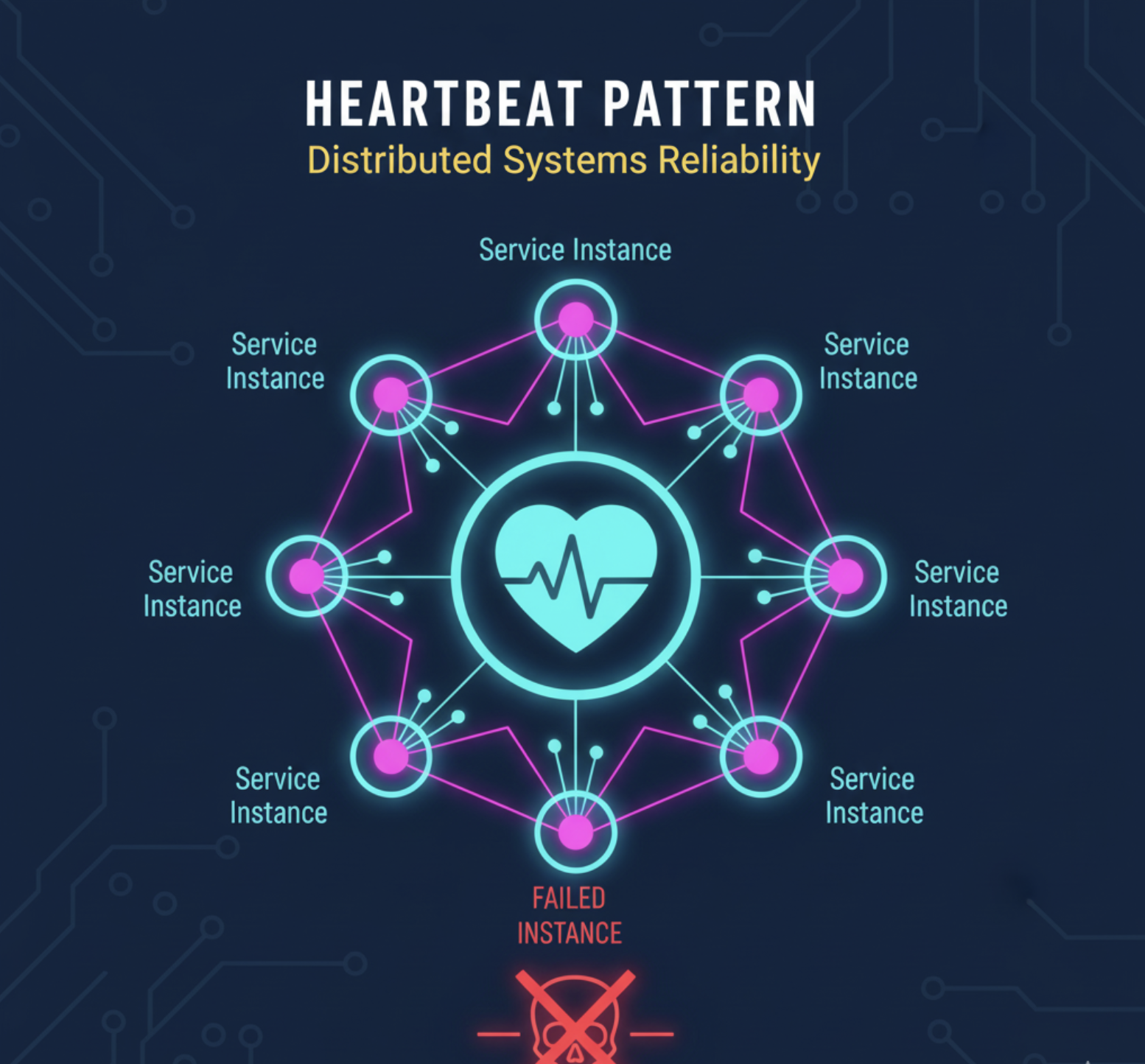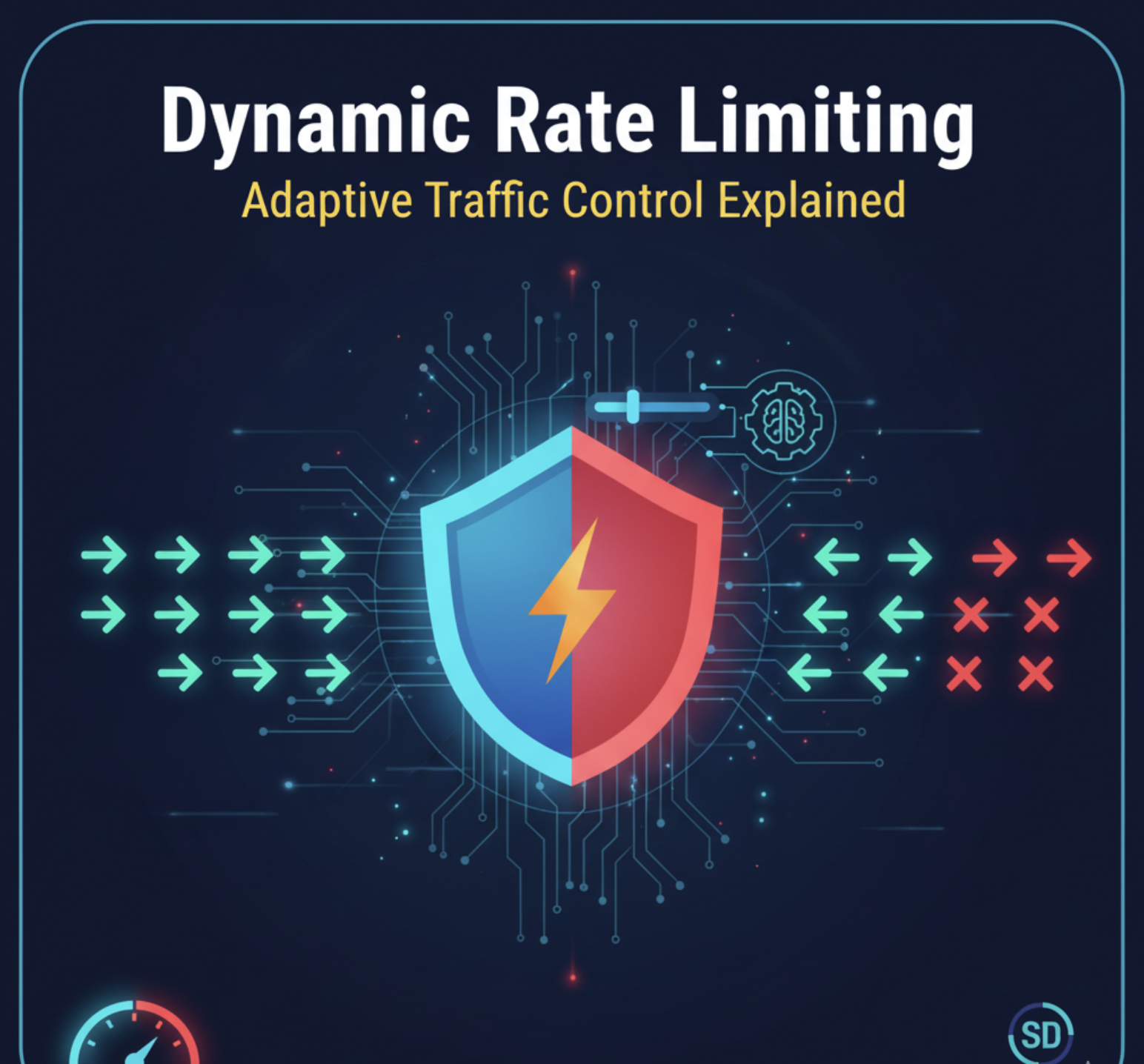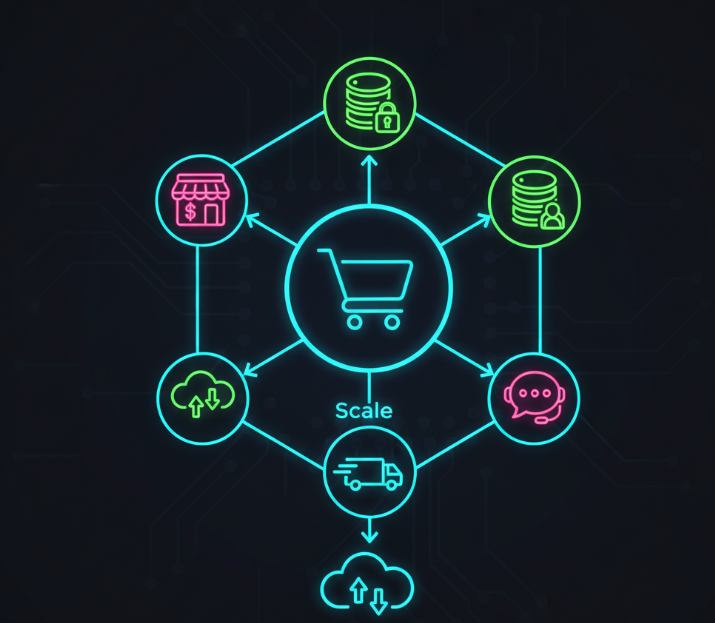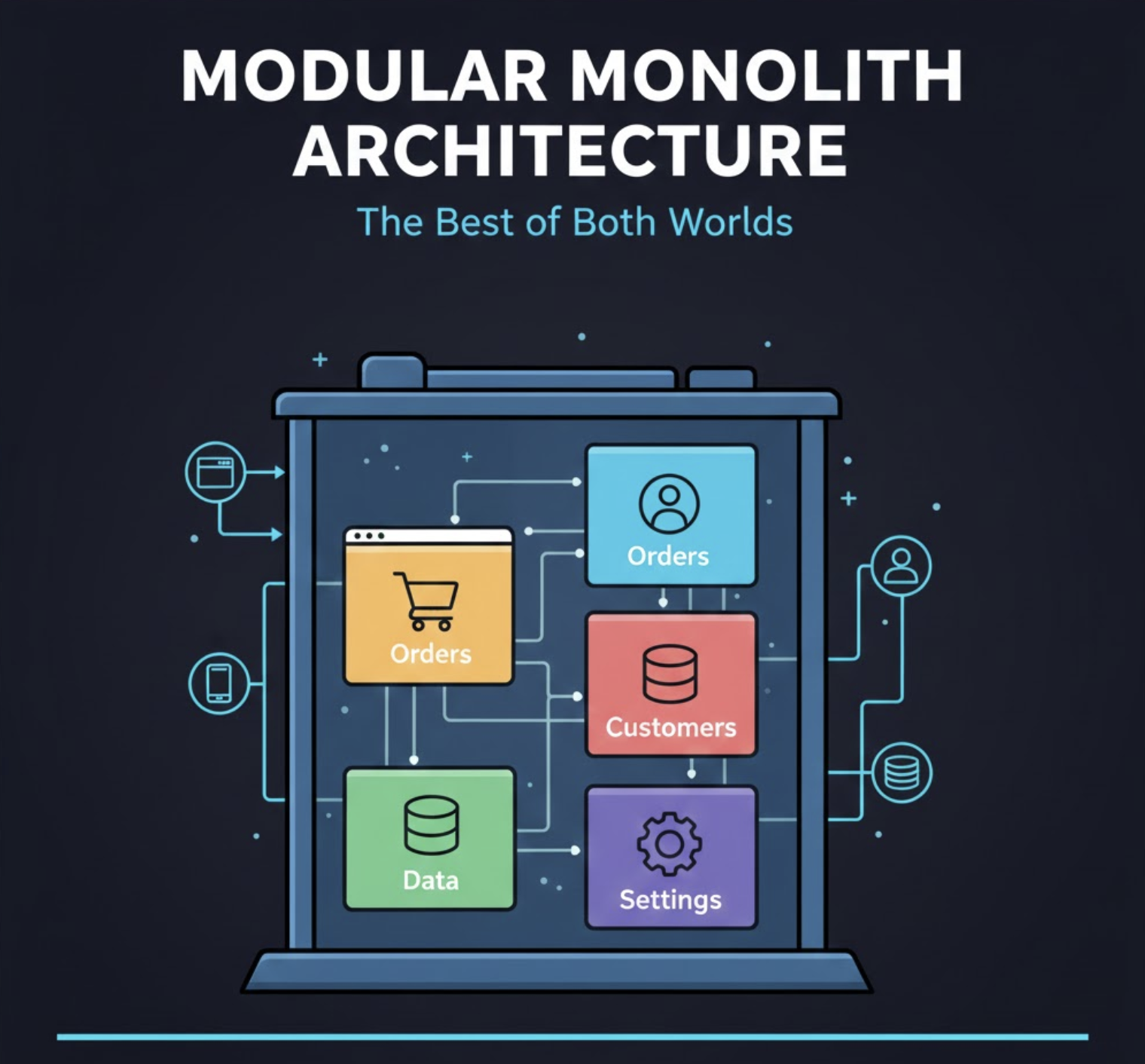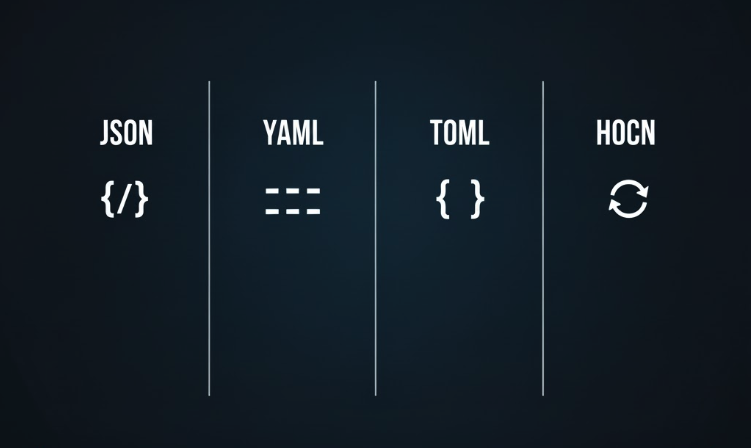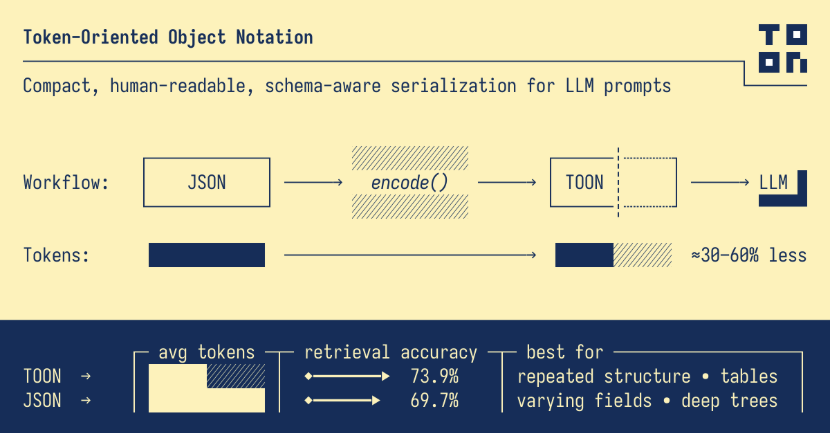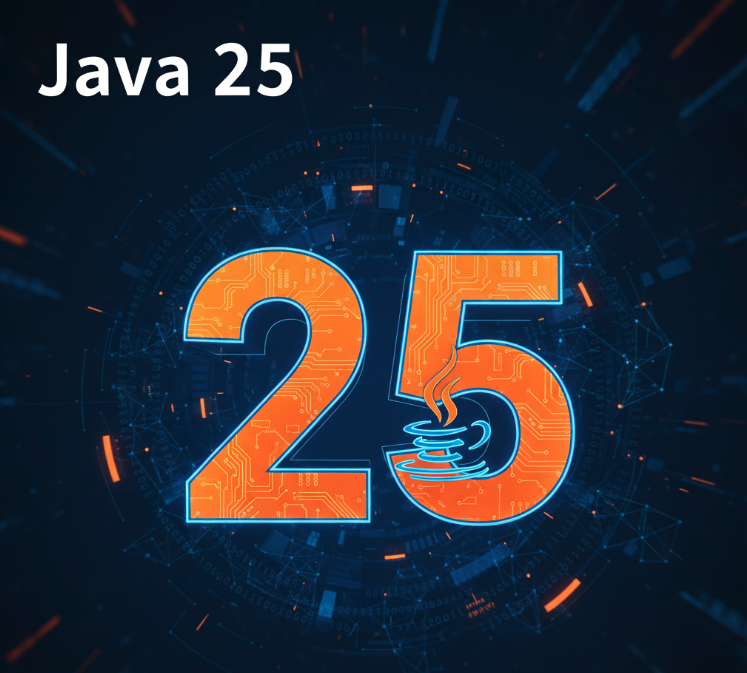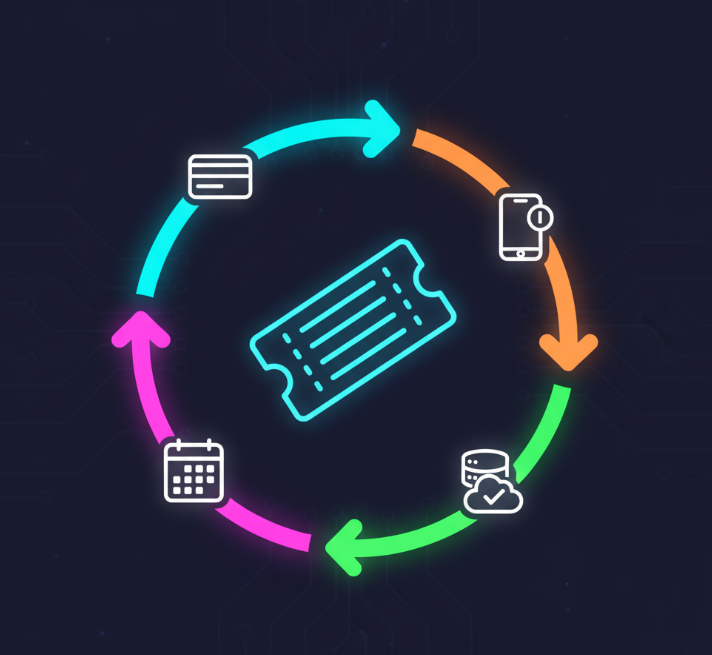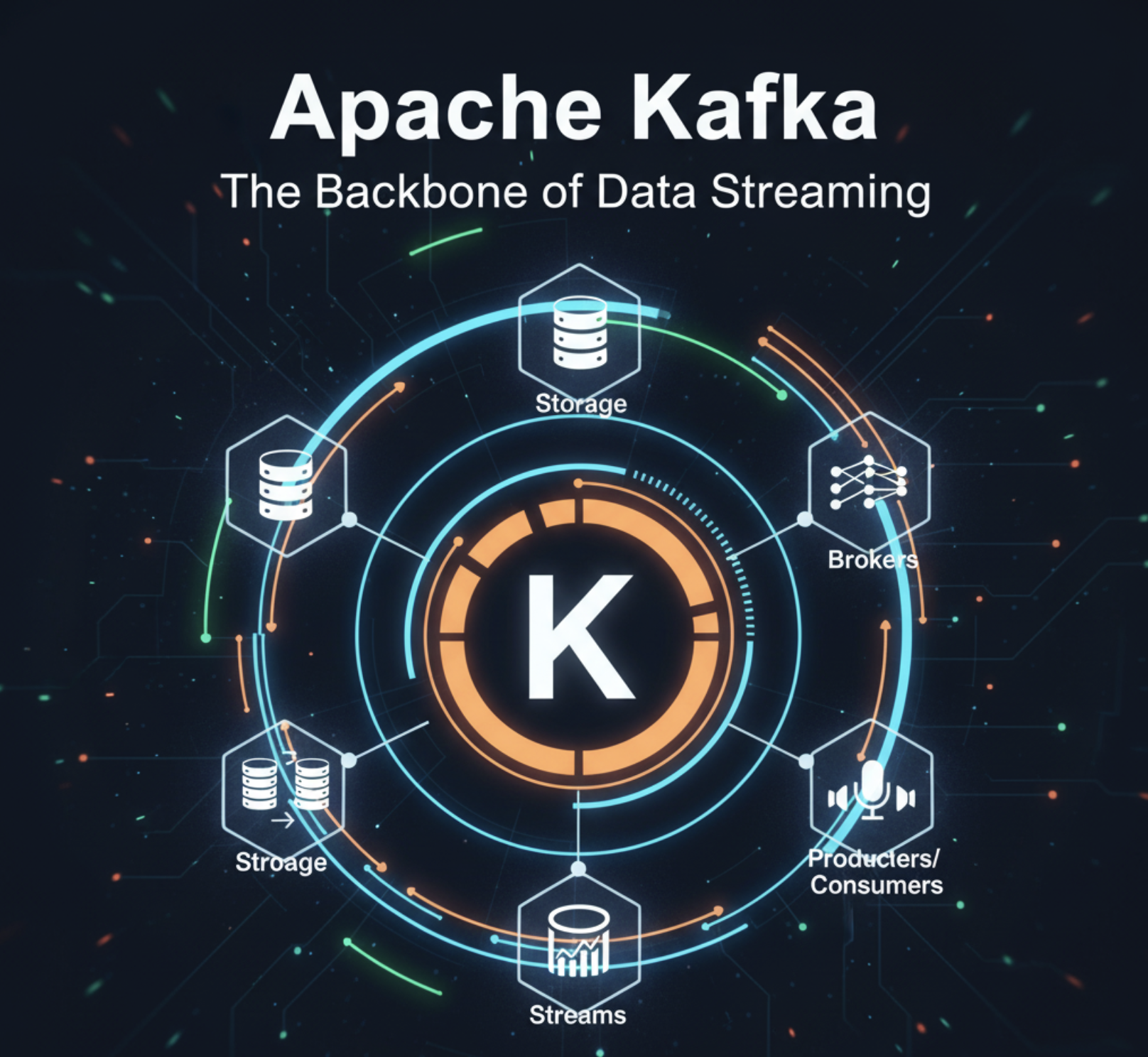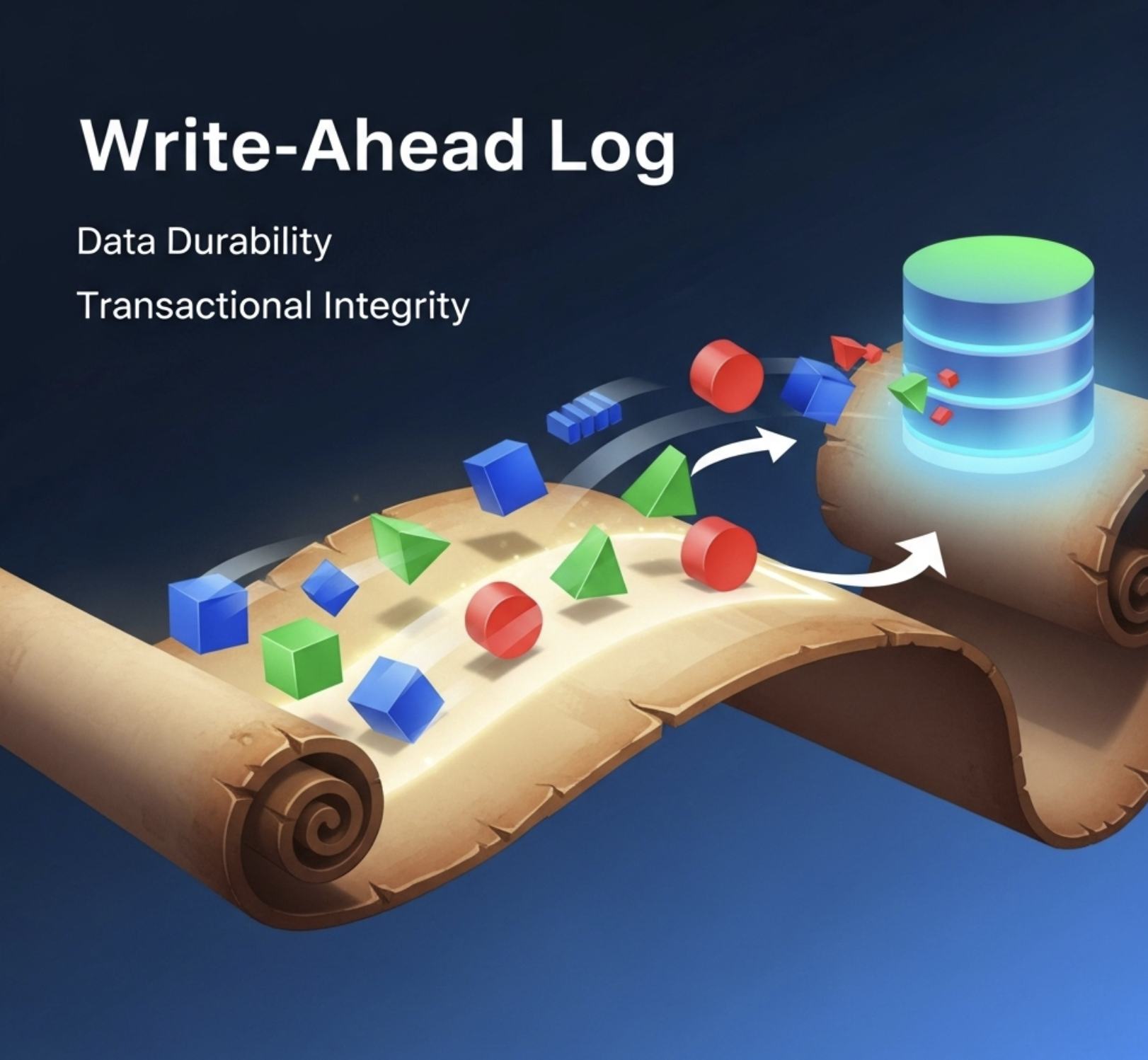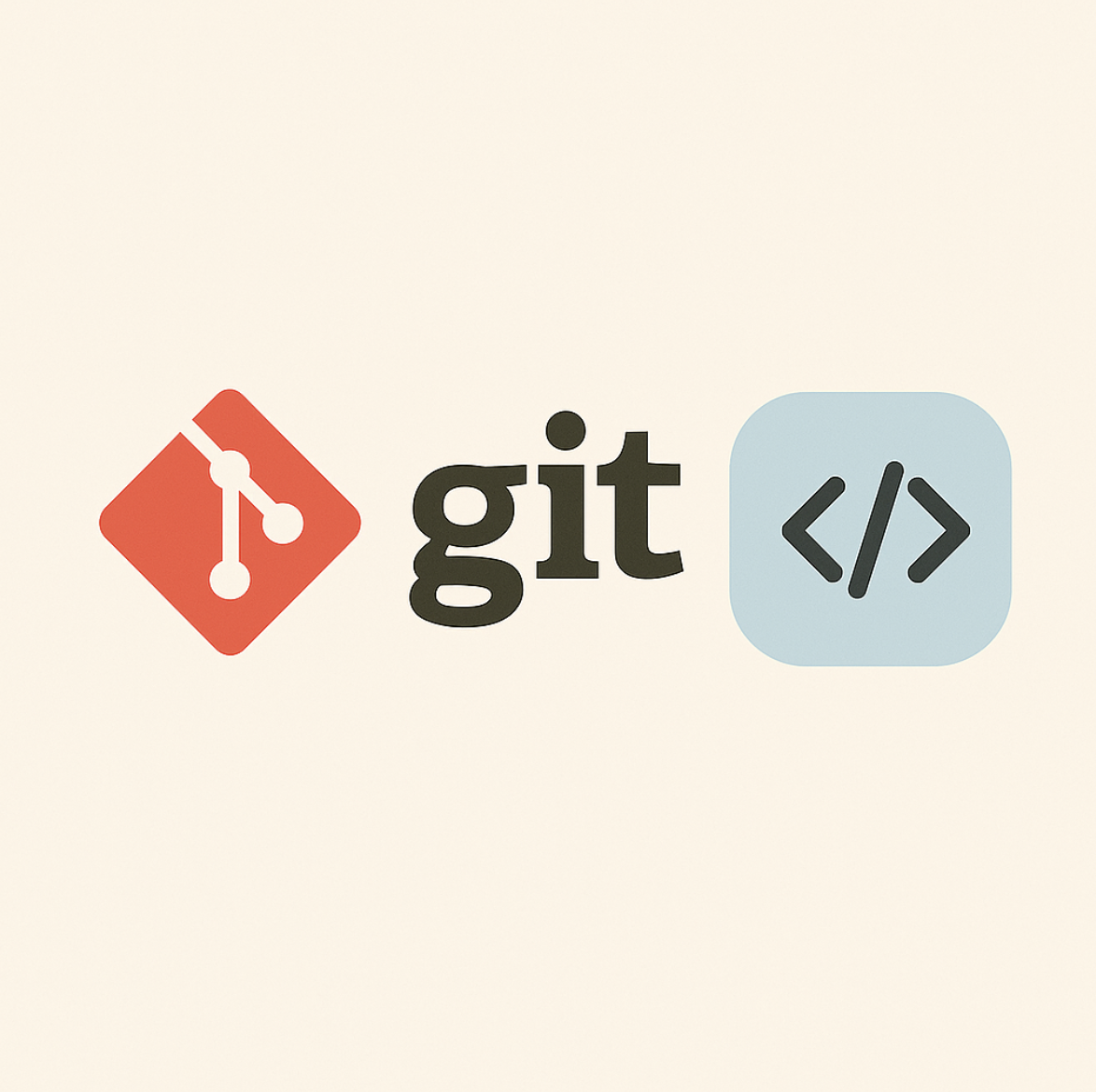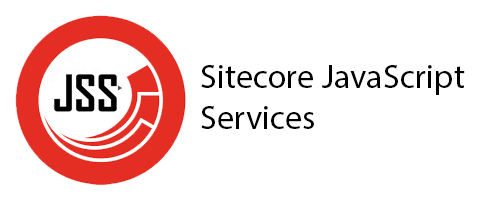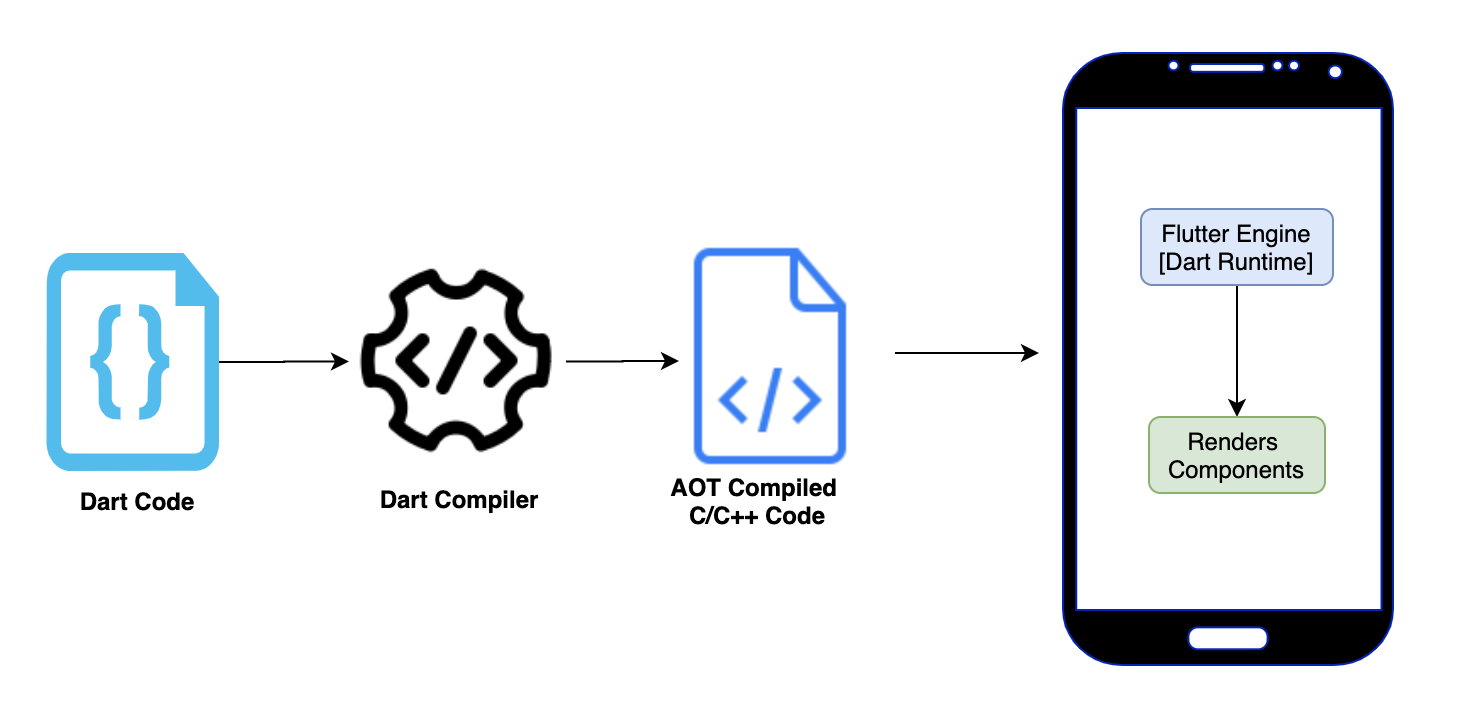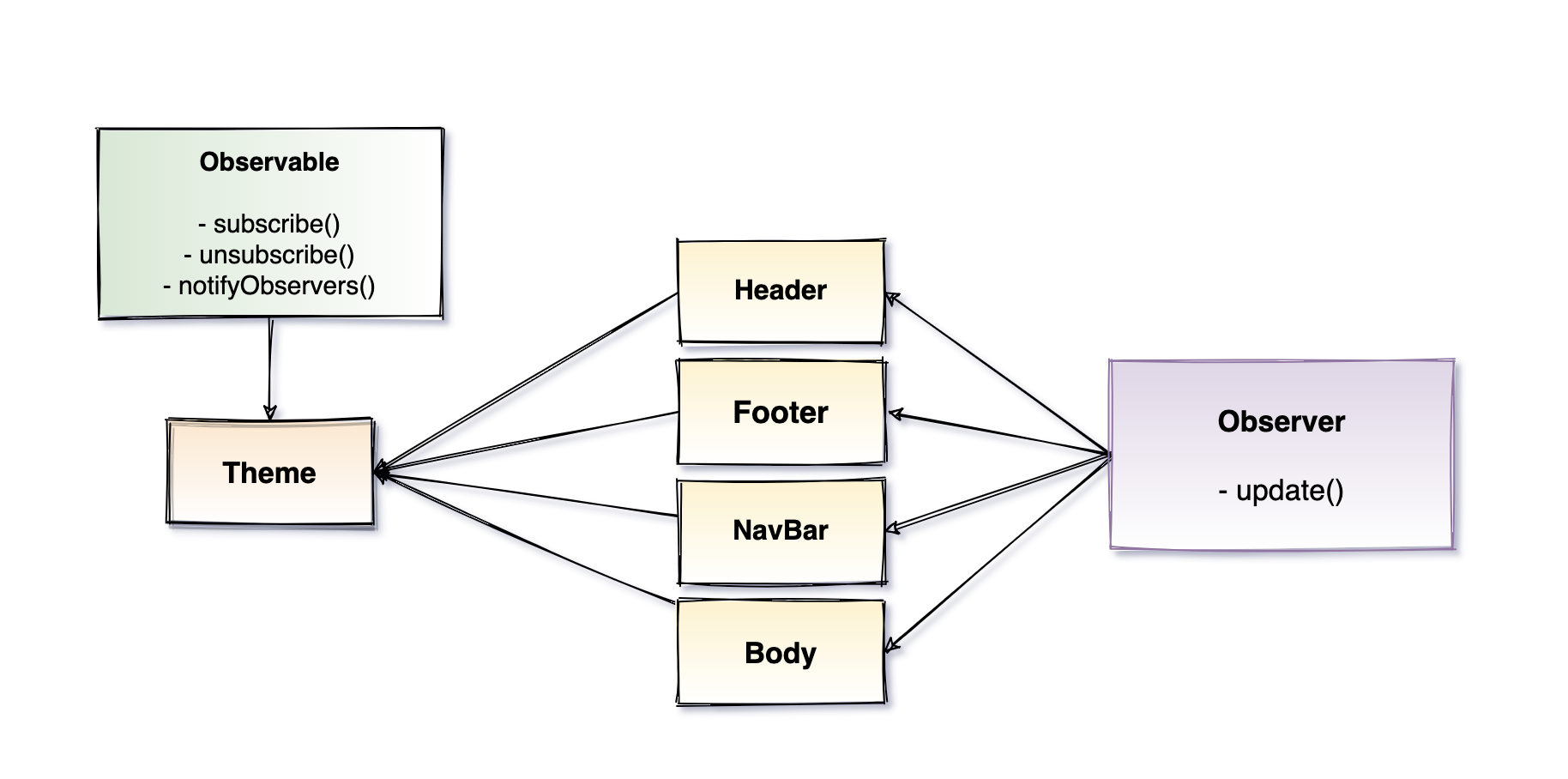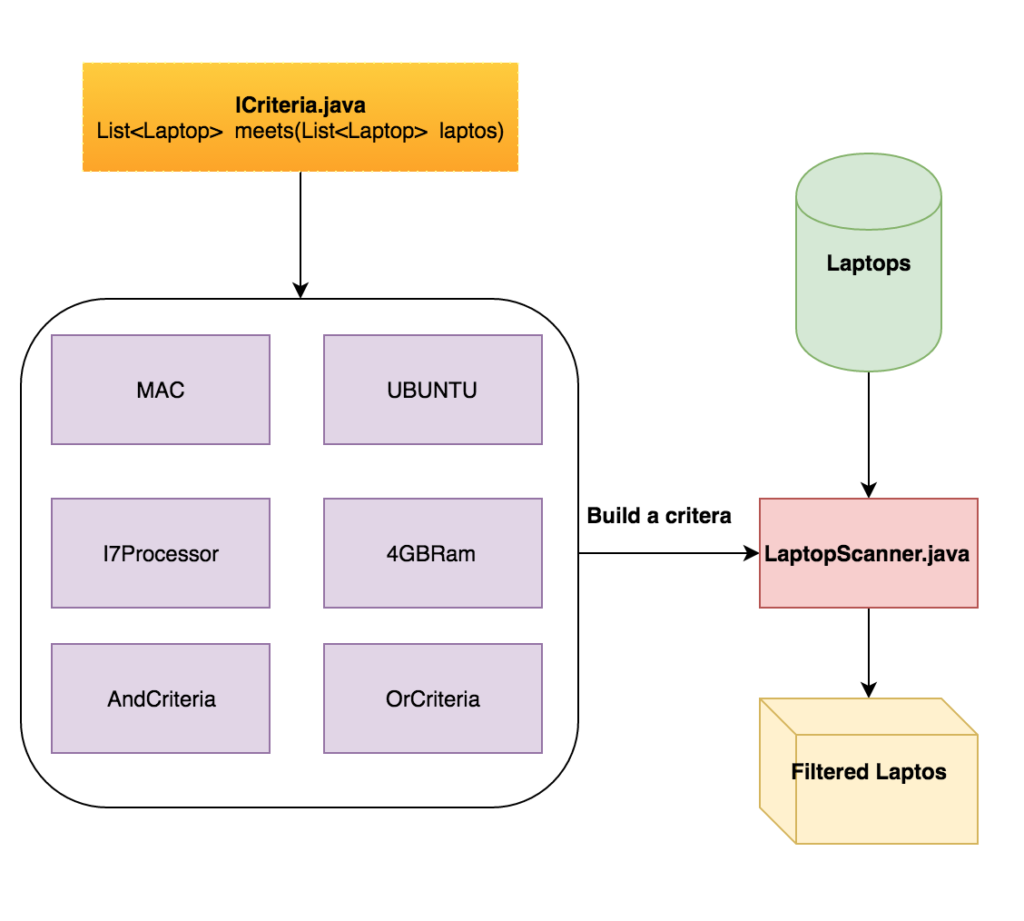What's the Difference?
Databases store data on disk in one of two ways: row-oriented (traditional) or column-oriented. Row stores keep all data for a record together, while column stores group data by columns. This simple difference changes everything about how your database performs.
Storage Layout Comparison
Row Store (Traditional)
Data stored row by row - all fields for each record stay together:
Good for: Getting full records (like a user profile with all their info)
Column Store
Data stored column by column - same fields grouped together:
Good for: Analyzing specific columns (like average age across millions of users)
How Each Type Reads Data
Row Store
graph TD
A[Query: Get User 2] --> B[Read Row 2]
B --> C[Return All Fields]
style A fill:#e0f2fe,stroke:#0369a1,stroke-width:2px
style B fill:#bfdbfe,stroke:#0369a1,stroke-width:2px
style C fill:#93c5fd,stroke:#0369a1,stroke-width:2px
Column Store
graph TD
D[Query: Average Age] --> E[Read Age Column]
E --> F[Skip Other Columns]
F --> G[Calculate Average]
style D fill:#fde68a,stroke:#b45309,stroke-width:2px
style E fill:#fcd34d,stroke:#b45309,stroke-width:2px
style F fill:#fbbf24,stroke:#b45309,stroke-width:2px
style G fill:#f59e0b,stroke:#b45309,stroke-width:2px
Real-World Example
Say you have a table with 1 million users and you want to calculate the average age.
Row Store Approach
Must read ALL data for ALL users (ID, name, age, role, etc.) even though you only need the age column. That's scanning through potentially gigabytes of unnecessary data.
Column Store Approach
Only reads the age column - skips everything else. You're reading just a few megabytes instead of gigabytes. This is why analytics queries run 10-100x faster on column stores.
When to Use Each
Use Row Store For
- OLTP (Online Transaction Processing) - think bank transactions, orders, user updates
- Reading full records frequently
- Lots of inserts and updates
- Need to access multiple columns per row
- Web applications, e-commerce sites
Examples: PostgreSQL, MySQL, Oracle, SQL Server (default mode)
Use Column Store For
- OLAP (Online Analytical Processing) - reporting, analytics, data science
- Reading few columns from many rows
- Mostly reads, rare updates
- Aggregations (SUM, AVG, COUNT)
- Data warehouses, dashboards
Examples: Amazon Redshift, Google BigQuery, Snowflake, ClickHouse
Key Benefits
Row Store Benefits
- Fast full-row access: Get complete records in one read
- Efficient writes: Insert or update entire rows quickly
- Good for mixed workloads: Balance reads and writes well
- ACID transactions: Strong consistency guarantees
Column Store Benefits
- Better compression: Similar data types compress well (ages: [28, 35, 42, 31] vs mixed types)
- Faster analytics: Only scan columns you need
- Less I/O: Read way less data from disk
- Vectorized processing: Modern CPUs can process columns super fast
Common Misconceptions
"Column stores are always faster"
Not true. If you need all columns from a row, column stores are actually slower because they have to piece together data from multiple places. Row stores keep everything together.
"You must choose one or the other"
Many companies use both. Keep your live app data in a row store (PostgreSQL), then copy it nightly to a column store (BigQuery) for analytics. Best of both worlds.
"Column stores can't handle updates"
They can, but it's slower. Updates in column stores need to modify multiple column files. This is why they shine for read-heavy workloads but struggle with heavy writes.
💡 Simple Rule: Running lots of SELECT * queries? Use row store. Running lots of aggregations on specific columns? Use column store.
